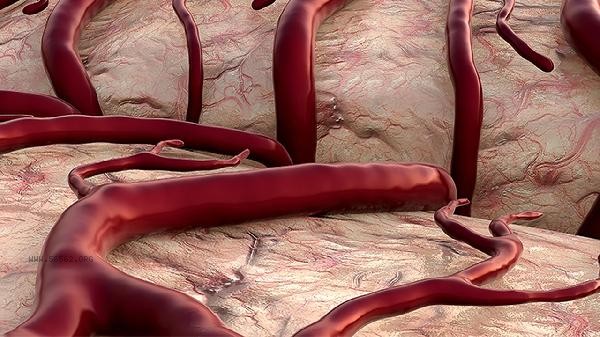Pulmonary artery pressure is an important indicator reflecting left ventricular end diastolic pressure, mainly used to evaluate left ventricular functional status and changes in pulmonary circulation hemodynamics. The clinical significance of pulmonary artery pressure mainly includes five aspects: assessing the degree of left heart failure, monitoring the risk of pulmonary edema, evaluating mitral valve function, guiding fluid management, and predicting the prognosis of cardiac surgery.

1. Determination of left heart failure:
Elevated pulmonary artery pressure is a sensitive indicator of left heart dysfunction. When left ventricular diastolic function is impaired, left atrial pressure is transmitted to the pulmonary circulation, leading to an increase in pulmonary artery pressure values. Clinically, this value is measured through a floating catheter, with a normal range of 6-12mmHg. If it exceeds 18mmHg, it may indicate left heart failure, and the higher the value, the more severe the heart failure.
2. Monitoring pulmonary edema:
Pulmonary artery pressure is directly related to pulmonary capillary hydrostatic pressure. When the value exceeds 25-30mmHg, intravascular fluid is prone to infiltrate the alveolar space, increasing the risk of pulmonary edema. Continuous monitoring of this indicator can provide early warning of pulmonary congestion in emergency monitoring such as acute myocardial infarction and severe myocarditis.
3. Evaluation of mitral valve function:

Patients with mitral stenosis or regurgitation may exhibit characteristic changes in pulmonary artery pressure waveform. High alpha waves can be seen during stenosis, reflecting compensatory contraction enhancement of the left atrium; When the closure is incomplete, a clear V-wave appears, indicating systolic blood reflux. These characteristic changes have important reference value for the diagnosis of valve disease.
4. Guidance on fluid management:
In patients who require fine volume management such as shock and major surgery, pulmonary artery pressure can accurately reflect the state of cardiac preload. A value below 6mmHg indicates insufficient blood volume and requires fluid supplementation; If it is higher than 18mmHg, diuretic treatment is required. This real-time monitoring can prevent acute heart failure caused by excessive capacity load.
5. Predicting surgical prognosis:
The baseline level of pulmonary artery pressure before cardiac surgery is significantly correlated with the incidence of postoperative complications. Patients who have consistently above 20mmHg before surgery are prone to complications such as low cardiac output syndrome and renal dysfunction after surgery. This indicator can serve as an important parameter for surgical risk assessment.

Pulmonary artery pressure monitoring requires a professional medical team to operate and obtain data through right heart catheterization. Daily prevention of cardiovascular disease requires maintaining a low salt diet, with daily sodium intake controlled within 2000mg; Regularly engage in aerobic exercise such as brisk walking, swimming, etc., accumulating 150 minutes per week; Control blood pressure below 130/80mmHg and regularly monitor blood lipids and glucose levels. When symptoms such as post activity shortness of breath and paroxysmal nocturnal dyspnea occur, it is recommended to seek medical attention as soon as possible for a cardiac function assessment.








Comments (0)
Leave a Comment
No comments yet
Be the first to share your thoughts!